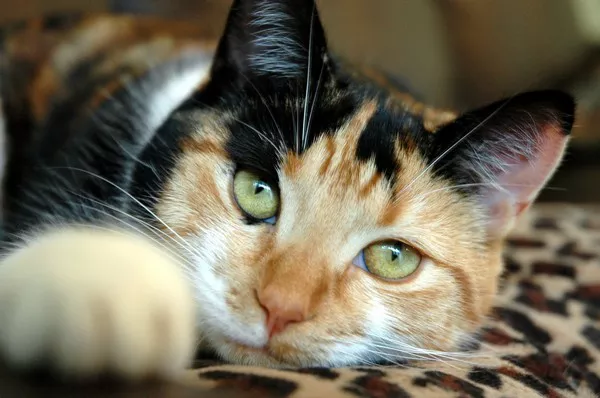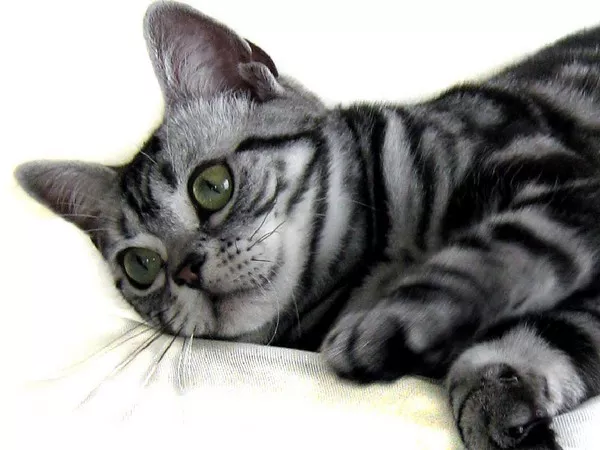Calico cats, with their unique tri-colored coats, have fascinated cat lovers for centuries. However, one aspect of this enchanting breed continues to captivate curiosity: male calico cats. These majestic felines possess a genetic anomaly that makes them a rarity among their gender. In this comprehensive article, we will delve into the intriguing world of male calico cats, exploring their genetics, the factors influencing their rarity, and the significance they hold in the feline kingdom.
Understanding Calico Cats
1. Coat Colors: Calico cats exhibit a distinct coat pattern characterized by large patches of white fur adorned with splashes of orange and black. The precise distribution of colors varies from cat to cat, resulting in unique and visually striking patterns.
2. Genetic Basis: The calico coat pattern is predominantly linked to the presence of two specific genes on the X chromosome: the orange gene and the black gene. Females possess two X chromosomes (XX), whereas males possess one X and one Y chromosome (XY).
The Genetics Behind Male Calico Cats
1. Chromosomal Abnormality: For a male cat to display the calico coat pattern, it must possess an unusual genetic makeup involving an extra sex chromosome—an additional X chromosome (XXY). This condition, known as Klinefelter Syndrome, occurs when there is a random error during cell division.
2. Orange Gene Activation: The presence of two X chromosomes in male calico cats allows for the activation of the orange gene on one of the chromosomes, leading to the development of patches of orange fur.
3. Black Gene Inactivation: As with all male mammals, the Y chromosome lacks the specific gene required to produce black fur. Consequently, the black gene on the additional X chromosome is typically inactivated, resulting in the absence of black fur patches in male calico cats.
4. Genetic Mosaicism: Male calico cats display a phenomenon known as genetic mosaicism, where different cells in their bodies exhibit varying genetic compositions. This results in the unique distribution of coat colors seen in male calicos.
Rarity Factors
1. Frequency of Klinefelter Syndrome: Klinefelter Syndrome occurs in approximately 1 in 1,000 male births across various mammalian species, including humans. This rarity contributes to the infrequent occurrence of male calico cats.
2. Genetic Incompatibility: The presence of an extra X chromosome can lead to fertility issues and reduced viability in male calico cats. These challenges further contribute to the limited number of male calicos observed in the feline population.
3. Early Embryonic Development: The random nature of the XXY chromosomal combination means that most male calico embryos do not survive past the early stages of development. This factor significantly diminishes the chances of male calico kittens being born.
4. Ethical Breeding Practices: Breeders who prioritize responsible breeding practices may intentionally avoid mating cats with the potential for genetic abnormalities, reducing the likelihood of male calico offspring. This approach ensures the overall health and well-being of the feline population.
Significance and Cultural Perceptions
1. Symbolic Representation: Male calico cats have come to symbolize rare anomalies, representing uniqueness and defying conventional expectations. Their striking appearance often invokes awe and fascination among cat enthusiasts.
2. Artistic Inspiration: The allure of male calico cats has transcended into art, literature, and folklore, where they are depicted as mystical creatures possessing magical qualities. Their extraordinary existence sparks creativity and imagination.
3. Collectible and Cherished: Due to their exceptional rarity, male calico cats hold significant value in the eyes of collectors and enthusiasts. Their scarcity has elevated their desirability, making them highly sought after by feline aficionados.
Care and Well-Being
1. Health Considerations: Male calico cats may face certain health challenges associated with Klinefelter Syndrome, including hormonal imbalances and reproductive issues. Regular veterinary check-ups and attentive care are essential for their overall well-being.
2. Neutering: It is advisable to neuter male calico cats to prevent unwanted breeding attempts and reduce potential health risks associated with reproductive abnormalities.
3. Emotional Support: As with any cat, male calico cats require a nurturing and loving environment. Providing them with a safe space, proper nutrition, mental stimulation, and affectionate interaction contributes to their overall happiness and contentment.
Conclusion:
The extraordinary allure of male calico cats lies not only in their stunning coat patterns but also in the intricate genetics that underpin their existence. Despite being considered a rarity, these feline anomalies continue to captivate the hearts of cat lovers worldwide. By unraveling the mysteries behind male calico cats, we gain insights into the complex tapestry of feline genetics and celebrate the diversity that makes these creatures truly exceptional.

























